News - Comet Interceptor
Testing the Development Models
Date: 18 November 2024
The Structural Qualification Model of probe B2 has successfully passed its vibration test! For further information see:
Date: 17 October 2024
Comet Interceptor’s instrument DFP (Dust, Fields and Plasma) is a suit consisting of multiple sensors, dedicated to the in situ, multi-point study of the multi-phased ionized and dusty environment in the coma and of its interaction with the surrounding space environment and the Sun and is the only instrument present both on the main spacecraft (S/C A), and on Probe B2.
DFP is composed of up to 5 separate sensors, connected to a central electronic unit. The instrument is developed by a consortium led by CBK in Poland, with contributions from several research centres and companies all around Europe.
During two weeks in September 2024, a team of up to 14 people representing the DFP consortium was present in ESTEC to run a complete ElectroMagnetic Compatibility (EMC) test campaign on the Engineering Model (EM) units.
The test was performed in an anechoic chamber, part of the ESA TEC EMC facilities. The extensive test campaign performed comprised the whole set of tests needed to ensure the electromagnetic compatibility of DFP, in line with Comet-I needs, including grounding, conductive, radiated, ESD (Electrostatic discharge) and magnetic tests.
The test was conducted successfully and demonstrates the capability of DFP to operate according to the EMC requirements imposed by platform and payload, as required to achieve the mission objectives. The test results provide DFP team with confidence to move forward with the manufacturing of the flight units.
Here are some fotos from the EMC campaign:
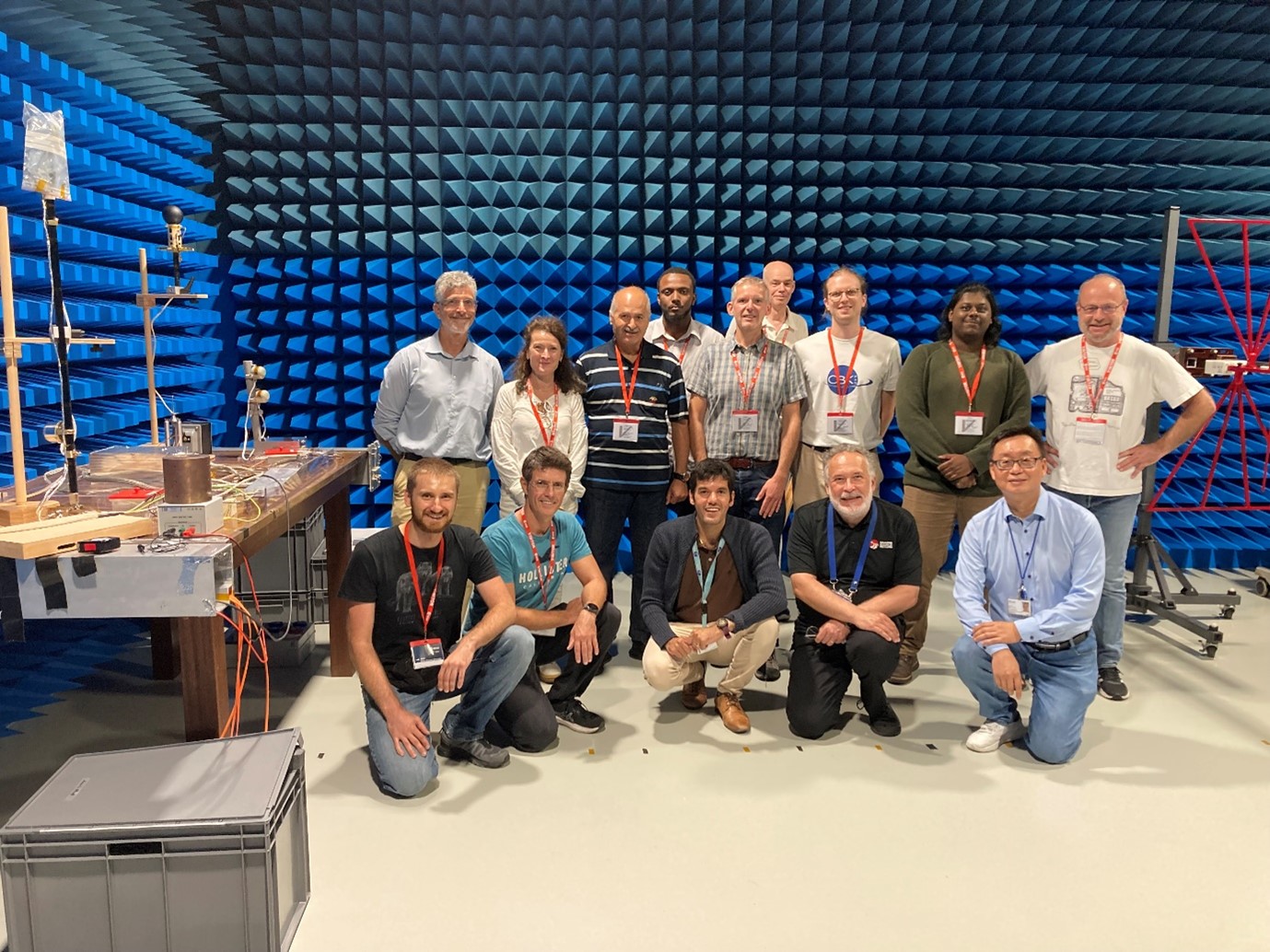
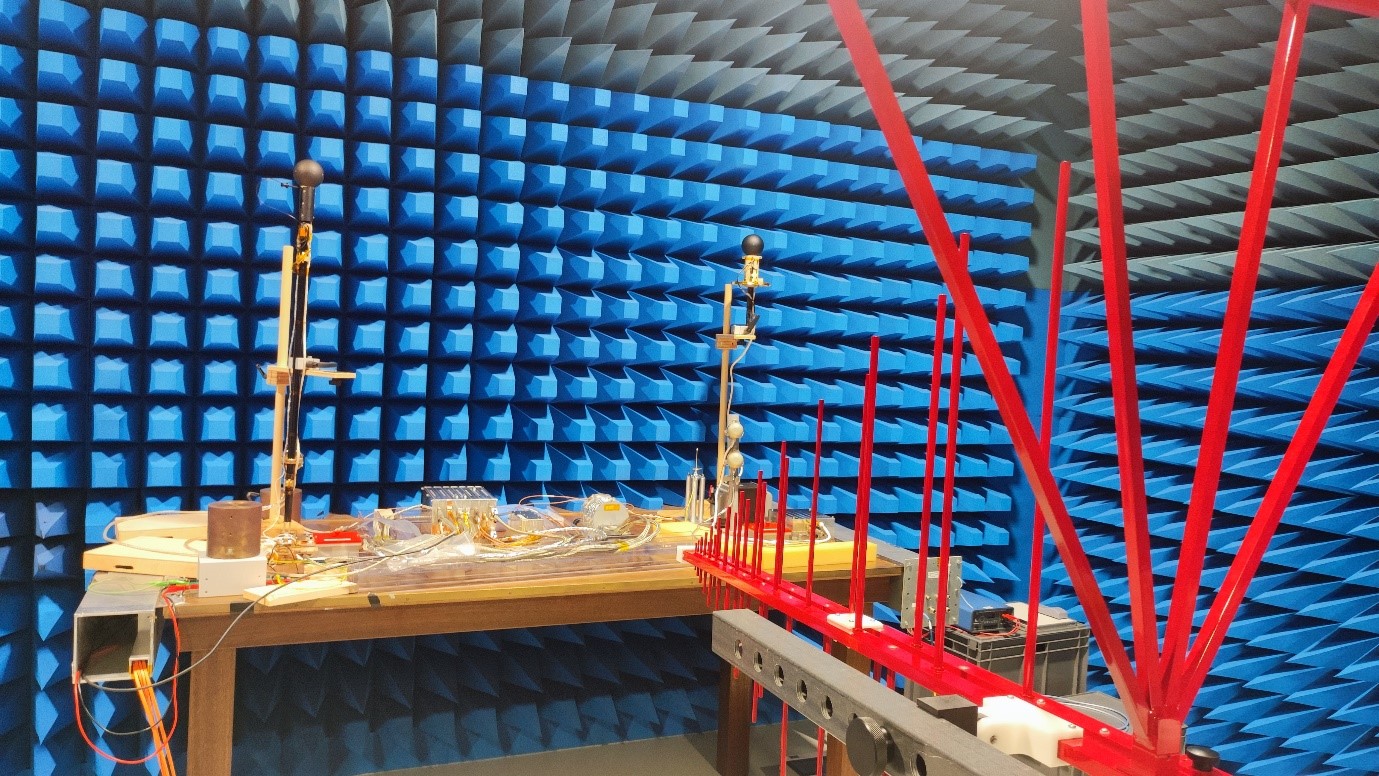
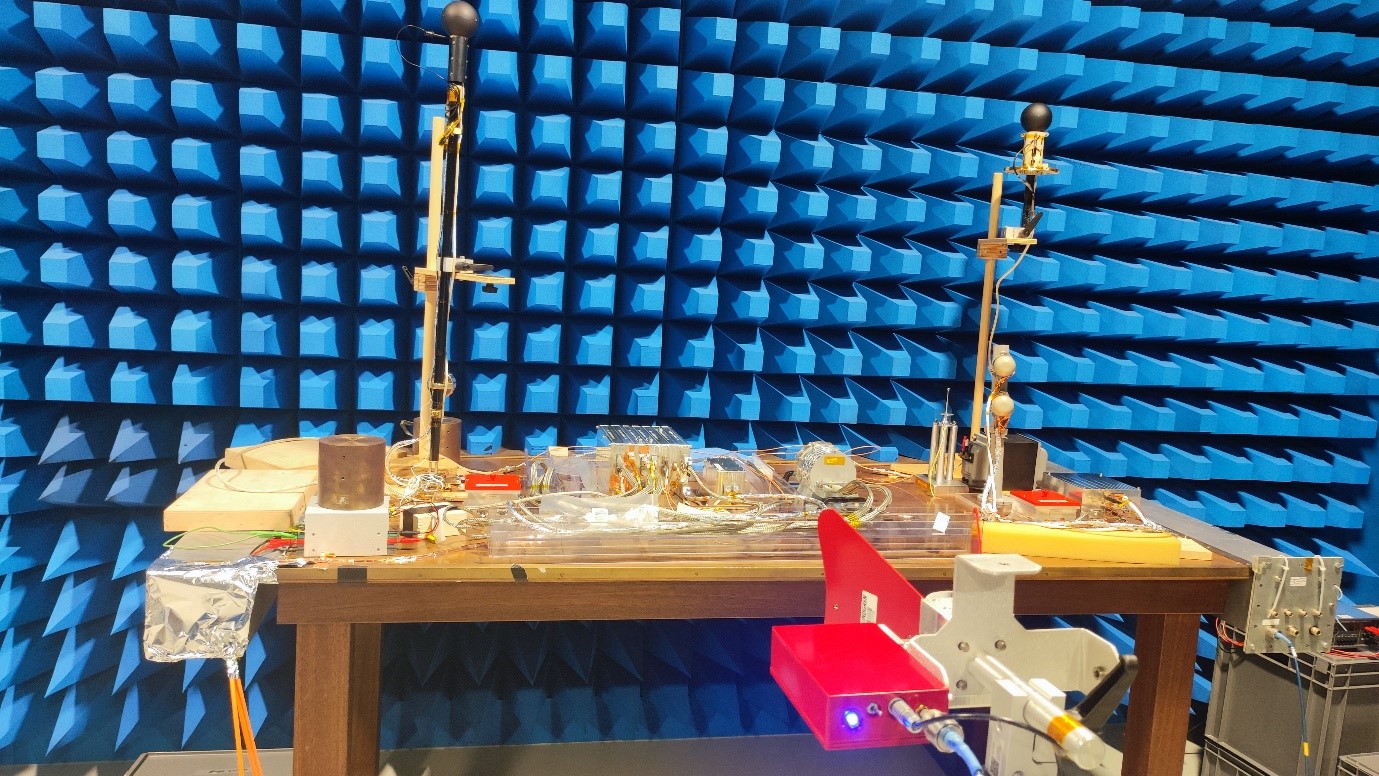
Date: 17 July 2024
Tests on the different development models (structural, thermal and electrical) of the Comet Interceptor instruments are in progress. In parallel, test activities on the spacecraft A Avionic Test Bed (ATB) have started at OHB Italia. As part of the activities for the consolidation of the design of the Comet Interceptor spacecraft, engineers at OHB Italia are working to ensure the smooth cooperation of platform and payload subsystems integrated in the system environment. These activities are being carried out at the Spacecraft Avionics Test Bench (SC ATB), in Milan.
During last months, at SC ATB, Comet Interceptor basic avionics have been interacting for the first time with the scientific instruments (DFP, CoCa and MANiaC) that will be deployed to study the target of the mission, which will be known only long after the launch.
Current activities are focused on the integration and the testing of the electrical power subsystem (EPS) and the Attitude and Orbit Guidance, Navigation and Control subsystem (AOGNC).
Comet Interceptor is only given one shot to meet and study its target: the ATB, like an on-ground “sibling” of the spacecraft will be available even after Comet Interceptor is launched and until the very end of the mission, for troubleshooting and dress rehearsals of the critical mission phases.

Structural and Thermal Model (STM) of the MIRMIS (Modular InfraRed Molecules and Ices Sensor) instrument before assembly of the housing and mounting brackets (courtesy of Uni.Oxford).
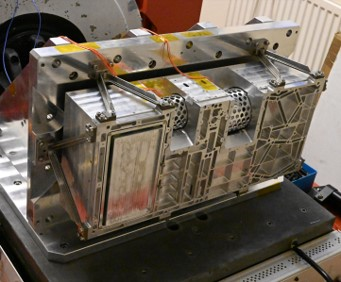
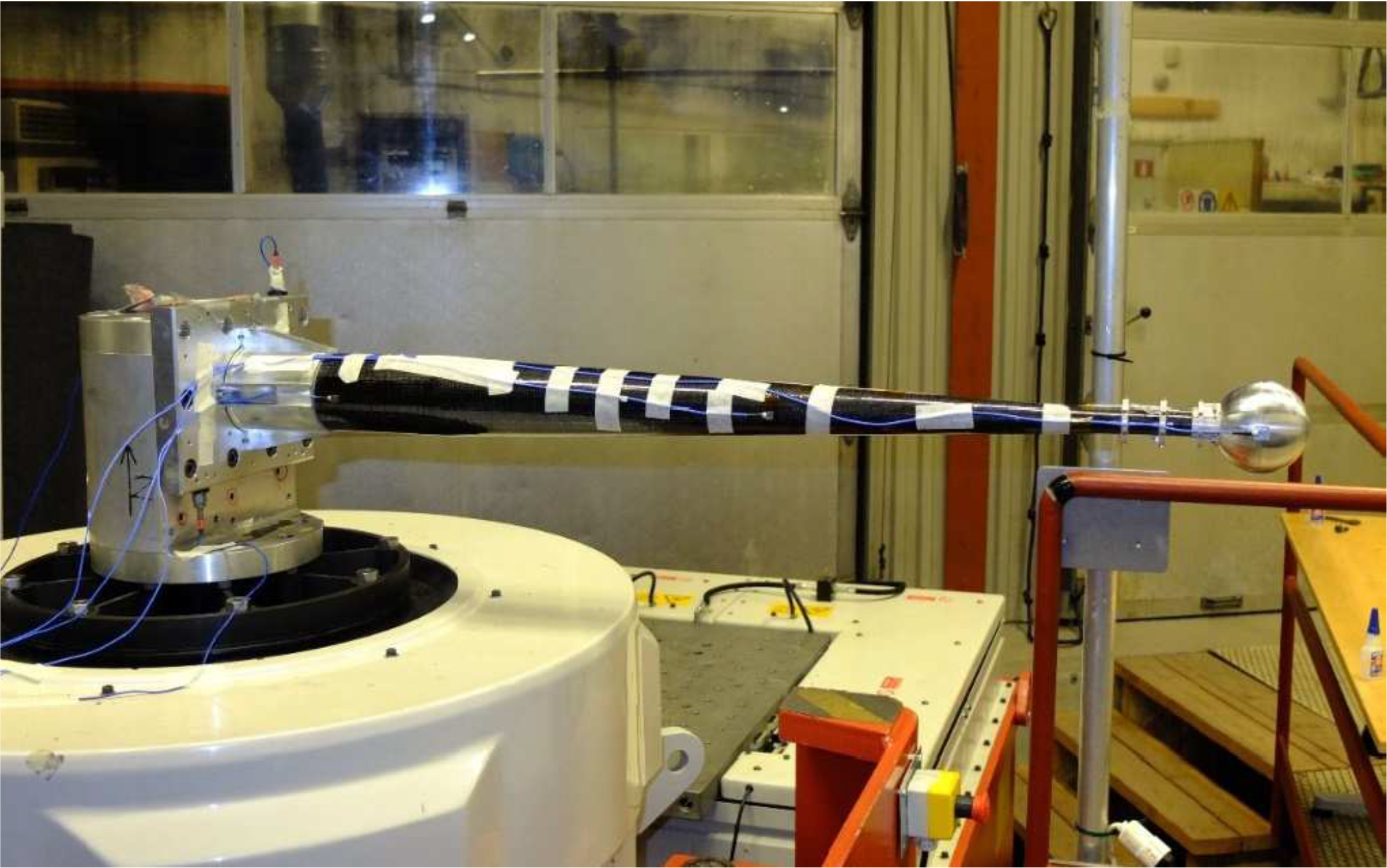
Compliment sensor on its rigid boom during the mechanical environment tests (courtesy of IRF / ROB).
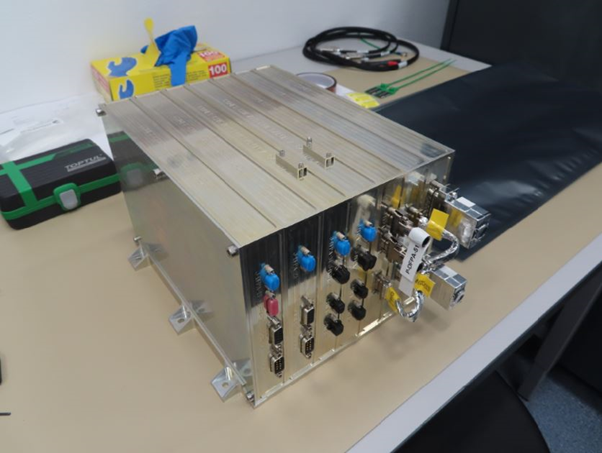
Engineering Model of the Dust Field & Plasma instrument before integration on the main spacecraft (S/C A) ATB (courtesy of CBK - Poland).
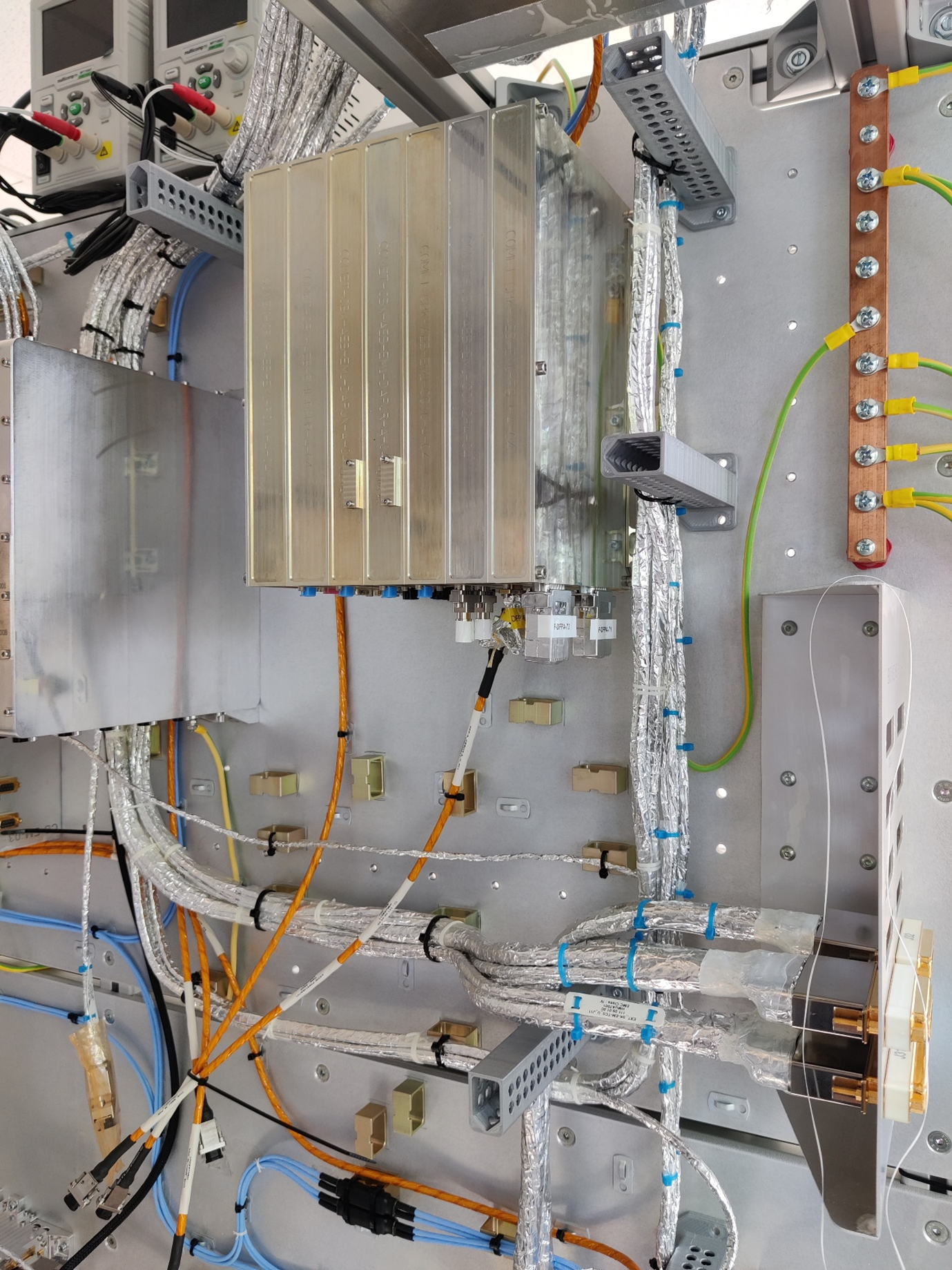
Engineering Model of the Dust Field & Plasma instrument integrated on the main spacecraft (S/C A) ATB (courtesy of OHB Italia).
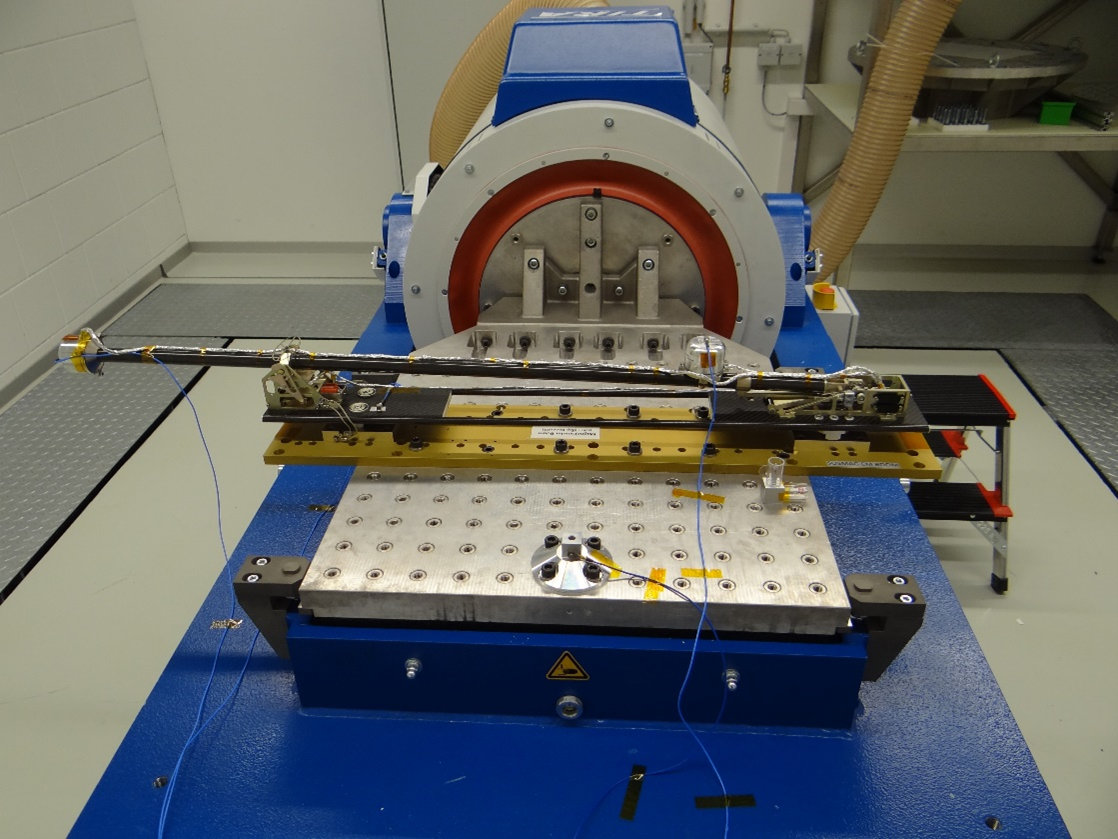
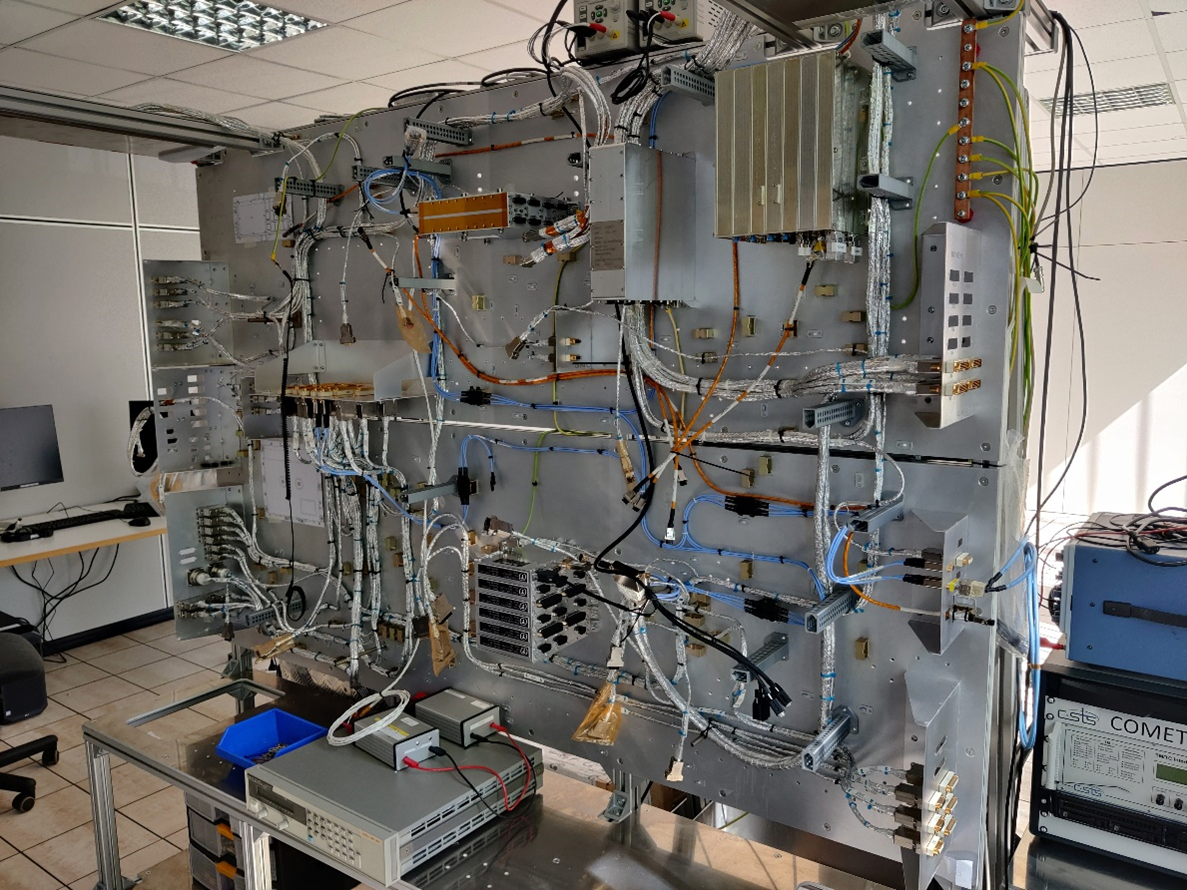
Spacecraft A Avionic Test Bed under testing (courtesy of OHB Italia).
Spacecraft A Avionics Test Bed tested at OHB Italy
====================================================================================================================================================================
Comet C/2022 E3 (ZTF) is a virtual target for Comet Interceptor!
Comet Interceptor is scheduled to be launched in 2029, and the flyby of the yet unknown target comet will happen in the 2030s after some waiting period in the Sun-Earth Lagrange point L2. However, we are constantly looking for targets among the comets approaching the sun, to see if they could be reached by Comet Interceptor if it were in space now. We call those comets virtual targets. And it turns out that current bright comet C/2022 E3 (ZTF) is such a virtual target!
If Comet Interceptor had been in its parking position in the Lagrange point L2 in August 2022, it could flyby the comet on 12 February this year, one month after the comet's perihelion passage and about 10 days after its closest approach to earth. The flyby would be at a whooping velocity of 52 km/s. At that velocity it would take about 2 hours to get from the earth to the moon!
More information about Comet ZTF can be found here
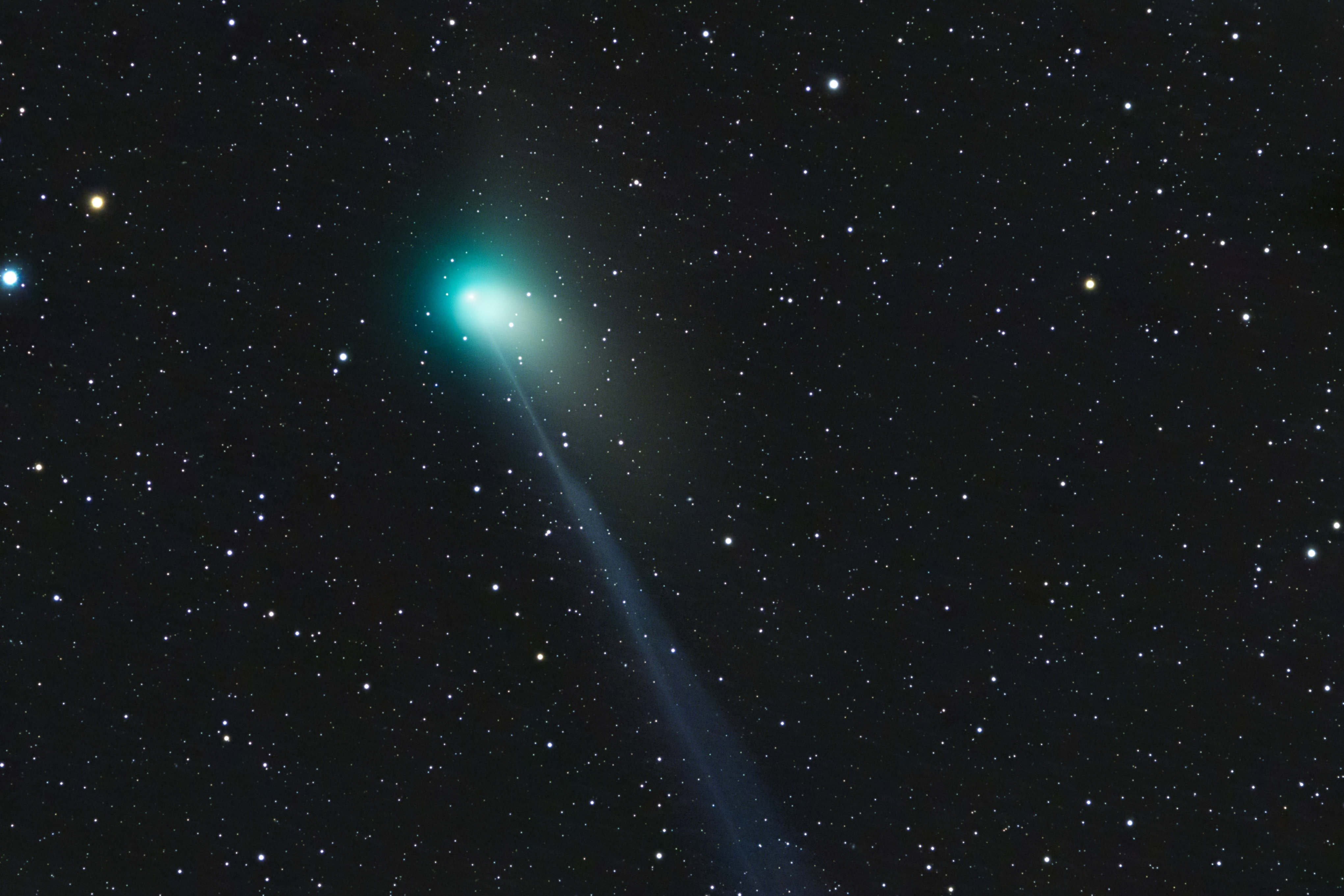
- Removed a total of (3) style text-align:center;
- Removed a total of (17) style text-align:justify;
- Removed a total of (1) style margin:0;
- Removed a total of (2) align=center.








































 Sign in
Sign in
 Science & Technology
Science & Technology